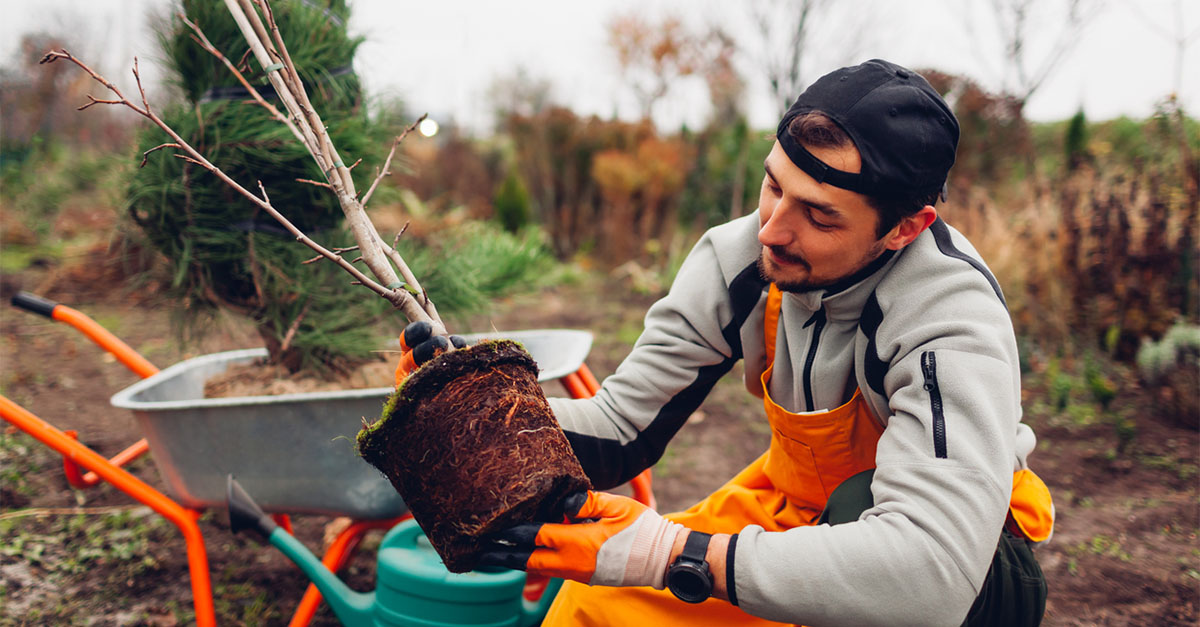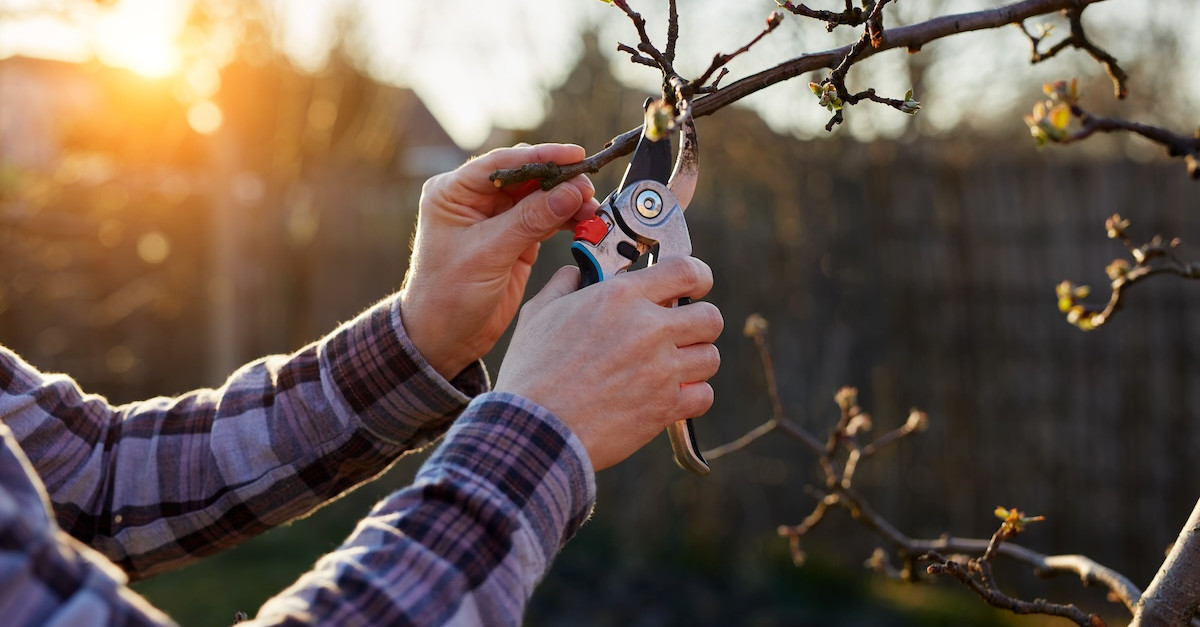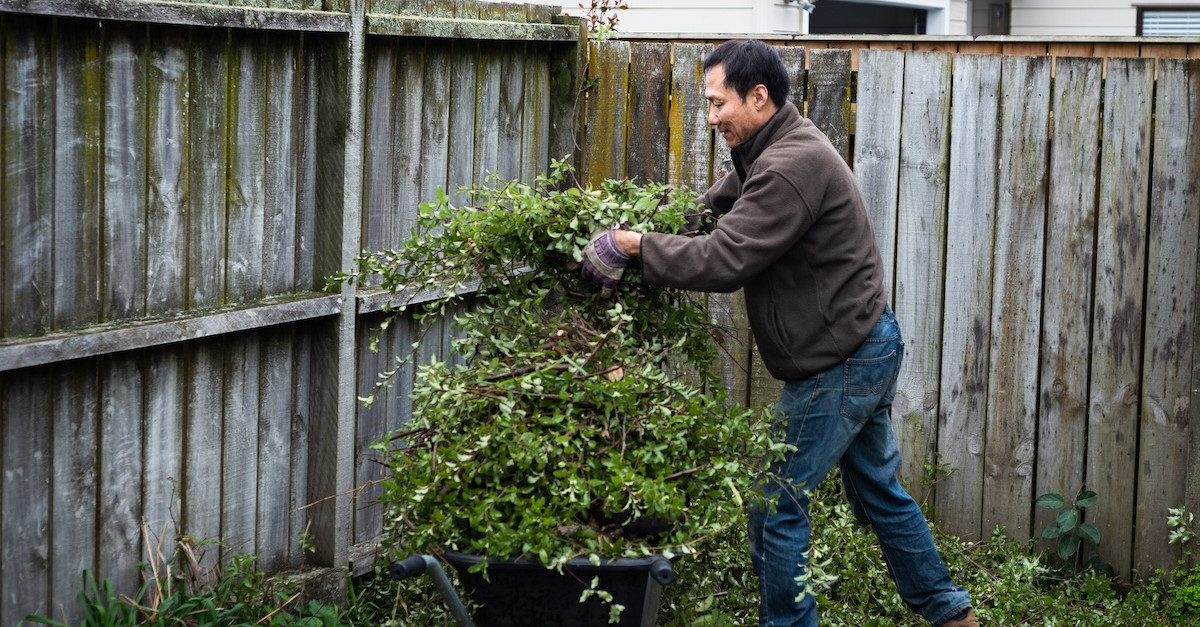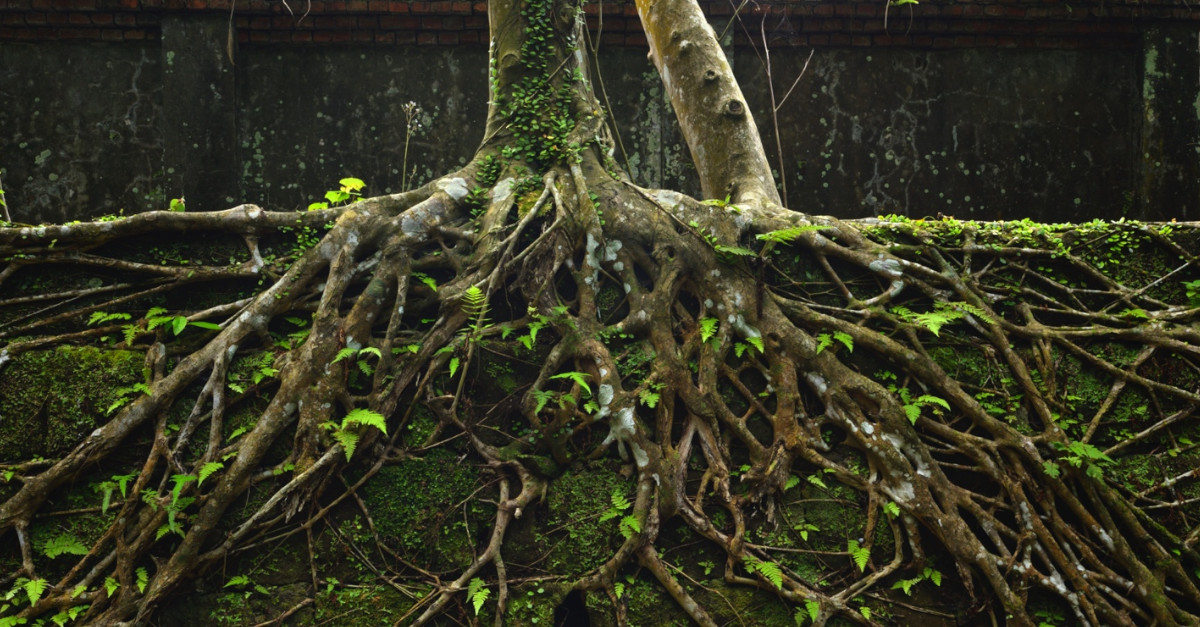Why Fall Is the Ideal Time to Plant Trees in Georgia
When should you plant trees in Georgia? The arrival of fall not only means leaves will change color, but the days get shorter, and temperatures become cozier. It’s also the ideal season for planting trees. The perfect combination of climate and biology makes for just the right conditions for root establishment, stress reduction, and long-term survival of newly-planted trees.
Why Is It Better to Plant Trees in the Fall?
You may ask: Why not plant trees in summer? According to an article published by the University of Georgia College of Agricultural & Environmental Sciences, cooler temperatures and rainfall during the fall combine to allow trees the opportunity to establish an extensive root system even during a plant’s dormancy. Throughout the majority of the state, soil temperatures remain warm enough to support root growth during most if not all of the winter months. This gives trees a bonus growing season before the stress of the extensive heat and potential drought found in the summer.
Consider the following fall tree-planting tips when digging in the dirt:
Location, Location, Location
Take a close look at the space where you’d like to plant a tree and make sure it’s a suitable spot once it begins to grow. Don’t plant it too close to nearby structures, and evaluate home much shade, sun, and moisture the tree will be able to receive. It’s crucial for a tree to have proper soil drainage. You can test it by filling a sample hole with water. If it drains at a rate of less than one inch per hour, you may want to consider a different type of tree or raise the planting site.
Prepping the Site
Experts suggest digging a planting hole measuring at least two to three times as wide as the tree’s root ball. The soil will compact over time, so don’t dig a hole deeper than the root ball. This will cause the tree to be planted too deeply, which can lead to its slow decline and eventual demise. Heavy clay soil is often found in Georgia. If that’s the case, score the edges of the hole, which will allow the roots to penetrate out of the planting hole. Always backfill the holes with native soil.
Preparing and Planting the Tree
Before planting the tree, carefully examine the root ball for girdling roots. These tree roots encircle and constrict the trunk of the tree or its other roots, which can cause the restriction of water flow and nutrients. Additionally, remove all wrapping, tags, and labels. When placing the tree into the hole, keep it straight and centered with the top of the root ball level with the soil surrounding it.
Give It Water and Food
After planting the tree, water it thoroughly, which helps settle the soil. Add a nice layer of mulch, about two to three inches, around the base of the tree. This feeds the tree, and it helps keep moisture and nutrients in the soil. However, don’t let mulch touch the trunk, which can suffocate the roots and build up moisture, causing wood decay.
Ask an Expert at Premier Tree Solutions
If you have questions regarding planting trees, or your trees are in need of trimming or pruning, call 404-252-6448 or schedule a complimentary assessment online.







